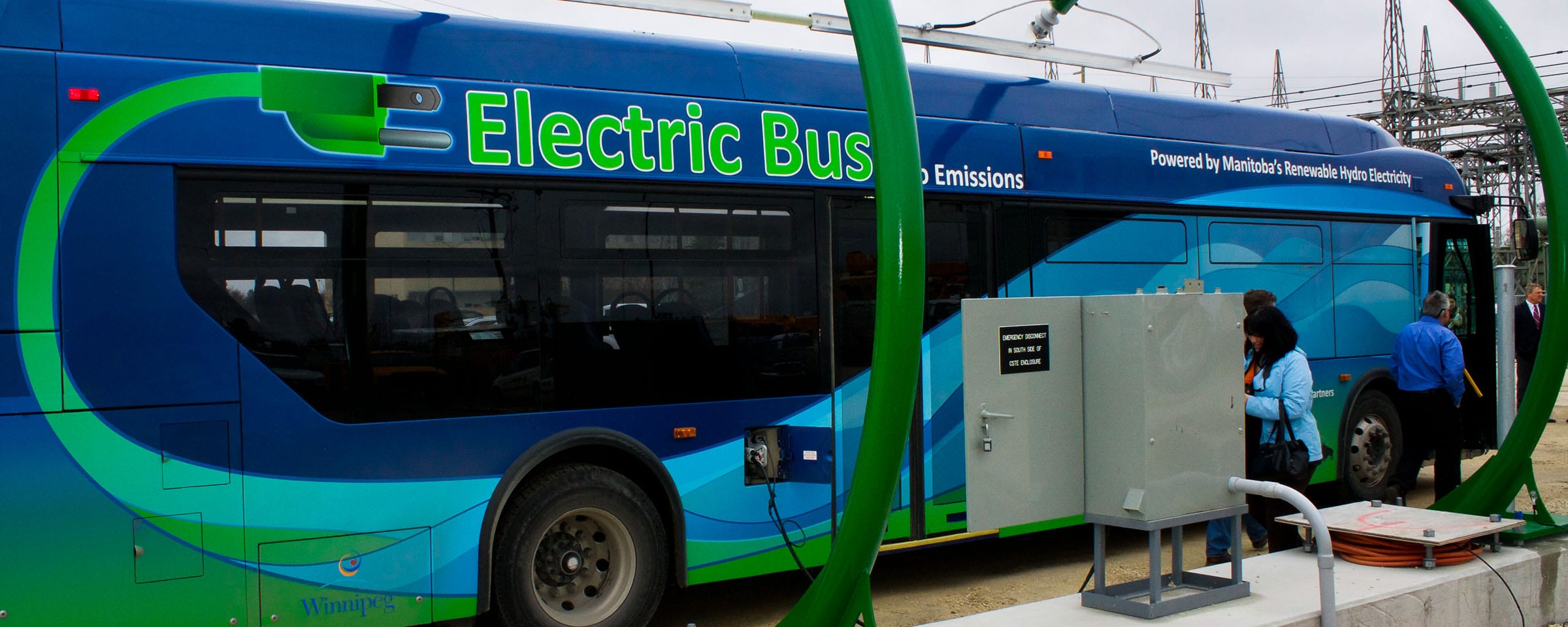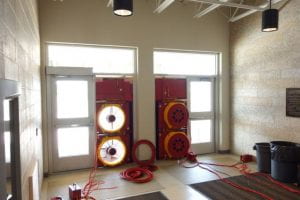Building Envelope Design – Medicinal Marijuana Grow Operation
The requirements to become a licenced to grow operation for medical marijuana in Canada are governed by the Federal Minister of Health Controlled Substances and Tobacco Directorate Healthy Environments and Consumer Safety Branch.
A Guidance Document titled the Building and Production Security Requirements for Marijuana for Medical Purposes has been published.
The Regulatory Provisions are related to securing the site, monitoring and detection, access control, intrusion detection and air filtration. While the Guide addresses security and health issues, it offers no information or guidance on the design and construction of the building housing the growth operation.
Services Provided
This project entails the development of a best practices guide which addresses the requirements for the building envelope of medical marijuana production facilities in cold climates.
The nature of growing marijuana involves operating in conditions of high temperature and humidity. The building envelope must be capable of supporting the controlled interior environment during the winter months, meet the production facilities service life expectations and be compliant with all Government regulations.


 There is a growing recognition of the need to establish performance targets for the airtightness of buildings either through regulations or voluntary programs. Before this occurs, further research is required to establish baseline air leakage rates and appropriate building airtightness targets (and, for specific building types/uses such as schools).
There is a growing recognition of the need to establish performance targets for the airtightness of buildings either through regulations or voluntary programs. Before this occurs, further research is required to establish baseline air leakage rates and appropriate building airtightness targets (and, for specific building types/uses such as schools).